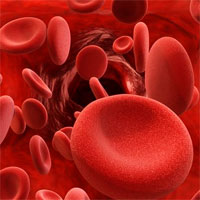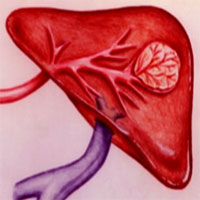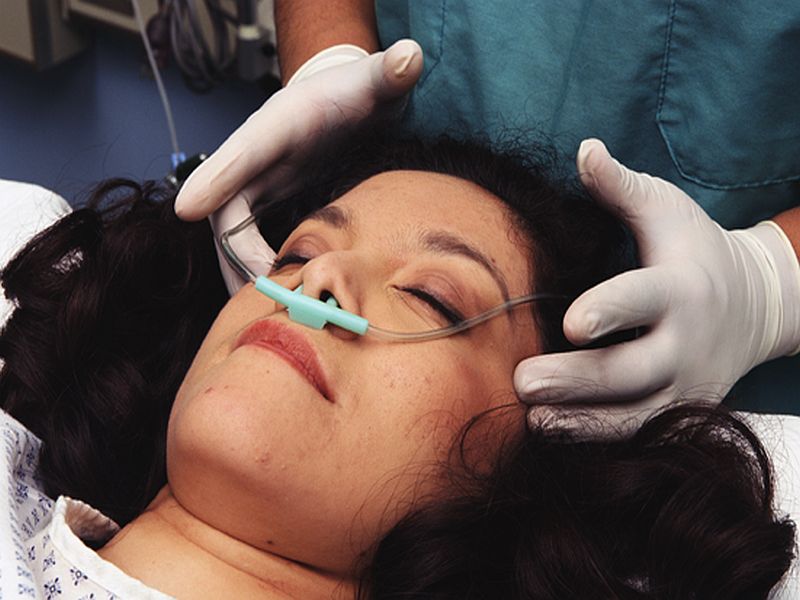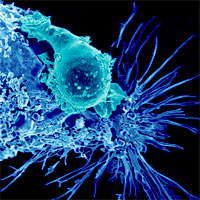Tag: therapy

Antibiotic Treatment of Hospital-acquired Pneumonia
Although more prospective therapy trials of Hospital-acquired Pneumonia (HAP) are needed, based on currently available data, it is possible to use an approach that provides appropriate therapy without the overuse of broad-spectrum... read more

Did I Start the Opioid Epidemic?
Prescription opioid abuse is at epidemic levels. Opioids diverted from friends and family members who have legitimate prescriptions are a major source of abused prescription opioids. Nurses are vital to any effort to combat... read more

Number Needed to Treat
Effectively communicating clinical trial results to patients and clinicians is a requirement for appropriate application in clinical practice. In a recent issue of JAMA, Zhao et al1 reported the results from a randomized... read more

Catheter-Directed Therapy for PE Built on Fallacy
Tissue plasminogen activator has a notoriously checkered past within emergency medicine, and its controversial use continues with the advent of targeted therapy for pulmonary embolism. Catheter-directed administration of... read more

Effect of high-flow nasal cannula oxygen therapy in adults with acute hypoxemic respiratory failure
Conflicting recommendations exist on whether high-flow nasal cannula (HFNC) oxygen therapy should be administered to adult patients in critical care with acute hypoxemic respiratory failure. We performed a meta-analysis of... read more

Probiotic and Synbiotic Therapy in Critical Illness
Critical illness is characterized by a loss of commensal flora and an overgrowth of potentially pathogenic bacteria, leading to a high susceptibility to nosocomial infections. Probiotics are living non-pathogenic microorganisms,... read more

Enough is Enough (O2 Saturation of 94-96%)
The liberal use of supplemental oxygen therapy in acutely ill adults has a long history in the hospital, but high-quality therapy supporting its practice is unclear. Recently, the role of oxygen therapy in non-hypoxic patients... read more

Reassessing the death risk related to probiotics in critically ill patients
Probiotics prove to be a very useful weapon to reduce infections in critically ill patients, although strong recommendation in support of their use cannot be drawn yet. Reassessing the risk ratio with the meta-analytic software... read more

Association of Antibiotic Treatment with Outcomes in Patients Hospitalized for an Asthma Exacerbation Treated with Systemic Corticosteroids
Antibiotic therapy may be associated with a longer hospital length of stay, higher hospital cost, and similar risk of treatment failure. These results highlight the need to reduce inappropriate antibiotic prescribing among... read more

Less or More Hemodynamic Monitoring in Critically Ill Patients
The use of echocardiography should be initially encouraged in patients with shock to identify the type of shock and to select the most appropriate therapy. The use of more invasive hemodynamic monitoring techniques should... read more
What constitutes optimal glucose management in Critical Care?
Glycaemic Control in the EU. Following on from the poster we presented at the Intensive Care Society. We asked Sphere Medical's own Dr Gavin Troughton to present at our launch event. In the below video he goes into more... read more

A Mixed Methods Exploration of ICU Nurses’ Perception of Handling Oxygen Therapy to Critically Ill Patients
Nurses handle supplementary oxygen to intensive care unit (ICU) patients as part of their daily practice. To secure patients of optimal and safe care, knowledge of nurses' perception of this practice, including influencing... read more

Management of the Critically Ill Adult Chimeric Antigen Receptor-T Cell Therapy Patient
Until modifications in chimeric antigen receptor T-cell therapy decrease their toxicities, the intensivist will play a leading role in the management of critically ill chimeric antigen receptor T-cell patients. As this novel... read more

High-flow Nasal Cannula Oxygen Therapy for AHRF in Patients with CLD
A high-flow nasal cannula (HFNC) is a high-flow oxygen supply device developed in recent years and is increasingly being used to treat acute hypoxemic respiratory failure (AHRF) in intensive care unit (ICU). Patients with... read more




